The Construction Process
Most home buyers have a lot of questions about the construction of their home: How long will it take to build? What happens when? What does each step involve? When can we visit the site and see our home in progress? When do we have to make final decisions about cabinets, fixtures, flooring, and so on? When do building inspections take place? Will we have a chance to inspect it ourselves before we take possession?
Here is an outline of the typical construction process today, based on a single-family home. Bear in mind that this is a generalized description—your home builder may use a different approach. For multi-family buildings and larger condominiums, a different construction process is most often involved, and you should ask about construction timing specific to that development.
The process and schedule will also be affected by the size and style of the house; the lot; the construction techniques used; the amount of customization required; the number of municipal inspections; whether the home is located in a large development; availability of labour, and many other factors. Ask your builder to explain the process for your home.
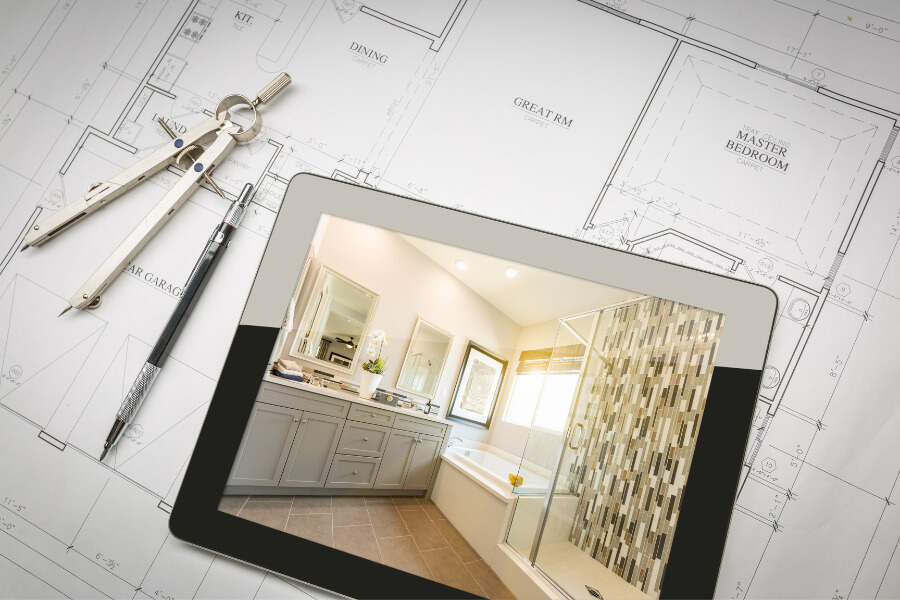
Phase One: Pre-construction
Before any construction begins, plans for your home are developed, finalized and submitted to the municipal building permit office for review. Permits may be required for all or some of the following work: building, electrical, plumbing, septic system and sewer connection.
Prior to this, a number of site tests may be conducted to examine the water table, the soil and the bearing capacity of the ground and to conduct environmental tests. With this information, final engineering adjustments can be made to the plans.
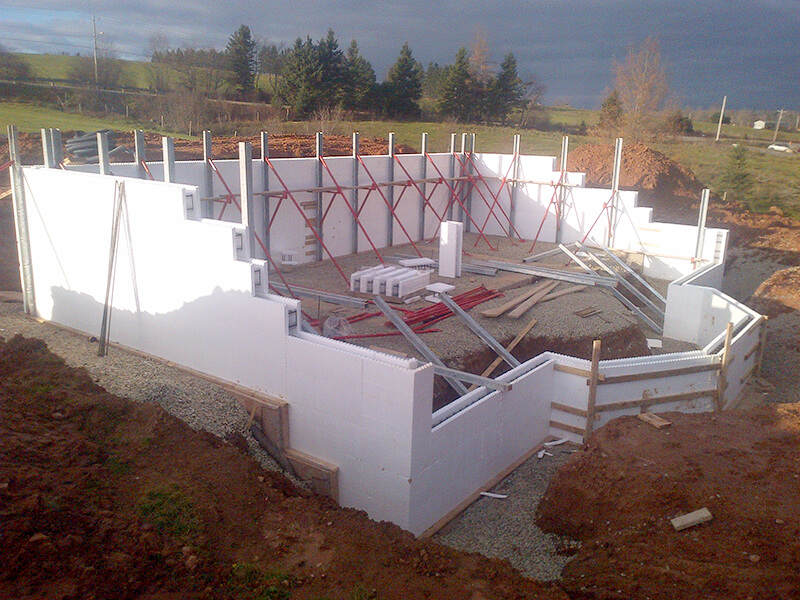
Phase Two: Foundation
Your house is staked out and the land is prepared. Often, the topsoil is removed and piled elsewhere for later use. Excavation is done, and the footings (concrete slabs to support the foundation walls) are formed and poured. Water, electricity, telephone and cable services may be brought in at this time.
The foundation walls are erected (may use poured concrete in temporary wooden forms or permanent insulated blocks, concrete blocks or preserved wood, for instance). The foundation may be insulated and damp-proofed. Drainage is installed to keep ground moisture away from the house. A municipal inspection of the foundation may be conducted before the outside perimeter is backfilled.
At this time, the builder may ask you to begin making your selections—deciding on flooring, tiles, cabinets and so on. While it will be weeks before these items are installed, they must be ordered early to prevent delays later.
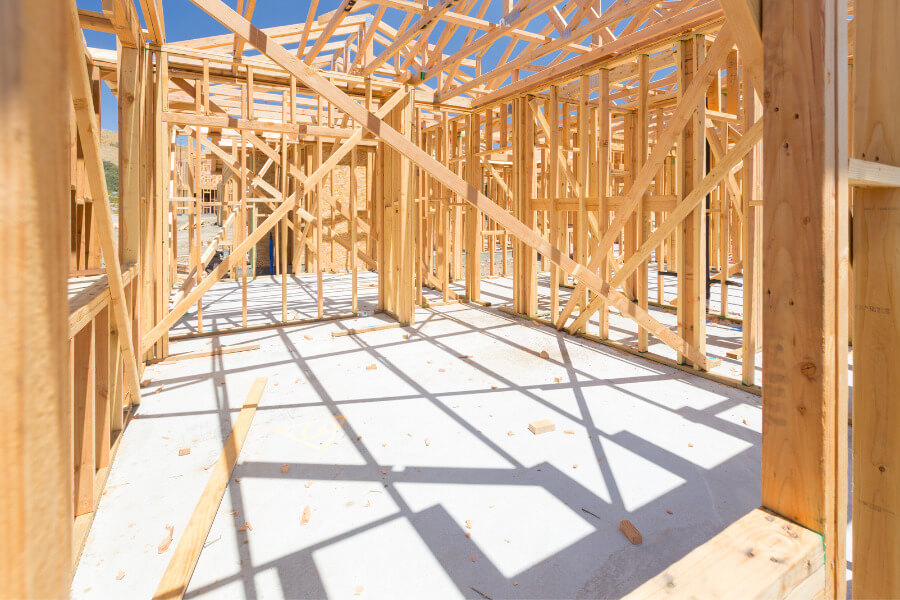
Phase Three: Framing
Exterior walls, interior partitions and the roof are assembled. This usually means erecting a framing skeleton and applying an exterior sheeting; or another framing technique may be used.
Once the house is fully framed, windows and doors are installed. The builder's aim is to get to "lock-up" where it is closed as quickly as possible to protect the structure from the elements.
The basement floor is installed. Electrical and plumbing services are roughed in, and ducting for heating, cooling and ventilation is put in place.
At this time, your municipality will probably require a structural inspection to ensure that the home meets all building code requirements. Electrical and plumbing inspections will likely be conducted as well.

Phase Four: Interior and exterior work
For the next several weeks, a great deal of work will happen inside and out, much of it at the same time.
The exterior walls and the roof are insulated, and a vapour barrier is applied. Another municipal inspection may take place to ensure this work has been done properly, before the drywall is installed. Heating and cooling systems are installed, including fireplaces.
Walls and ceilings are painted, flooring is laid, and kitchen and bathroom cabinets are installed. Plumbing and electrical fixtures are put in, trim is applied, and interior doors are hung.
Siding is applied on the outside, along with eavestroughing, and porches and decks are installed. Final lot grading is done, and the driveway and walkways are put in.
Several additional municipal inspections may occur—for instance, after completion of the interior to check stairs, handrails and other health and safety related items, and/or after final grading outside. Plumbing and electrical work will probably require final inspection.
During this period, your builder will stay in regular contact with you, to update you on progress and to meet deadlines for selecting finishes and other decisions you may need to make.

Phase Five: From near-completion to hand-over
At this point, your builder and crew are busy completing the final touches and cleaning up. You will be asked to do a walk-through of your home with the builder. Any last-minute touch-ups will be done. On the date of possession, you will be handed the keys–the home is now yours!
Choices and Decisions
Buying From Plans and Model Homes
When you buy a brand new home, you will most likely make your decision based on the builder's plans or model homes, or a combination of the two. This requires careful thought and attention. It can be challenging to visualize what your home will look like when built, or imagine what it will be like to live in. It's also important to understand what is included with your purchase and what's not, down to the smallest detail.
There are two keys to successful home buying from plans and models. First and foremost, make sure you’re dealing with a professional home builder or their sales staff – individuals who answer your questions thoroughly, don’t pressure you and are clearly interested in helping you find the home that best meets your needs and circumstances. If you don’t feel comfortable with the builder or their staff, you should probably look for a different company to do business with. Secondly, don't rush. Take time to consider all aspects of your purchase, and ask lots of questions. The more information you have, the easier it is to eliminate uncertainties and feel confident when you do make a decision.
Construction Quality
Look closely at the overall quality of builders' model homes, from design and construction to finishing touches. While the model home may be only one of many designs offered by the builder, it provides a clear indication of what you can expect when you buy from the company. Ask for a list of specifications, so you can find out what construction materials, mechanical, electrical and plumbing systems and finishing materials the builder is using. Check who the manufacturers are—ideally they should be familiar and reputable brand names that offer a solid product warranty.
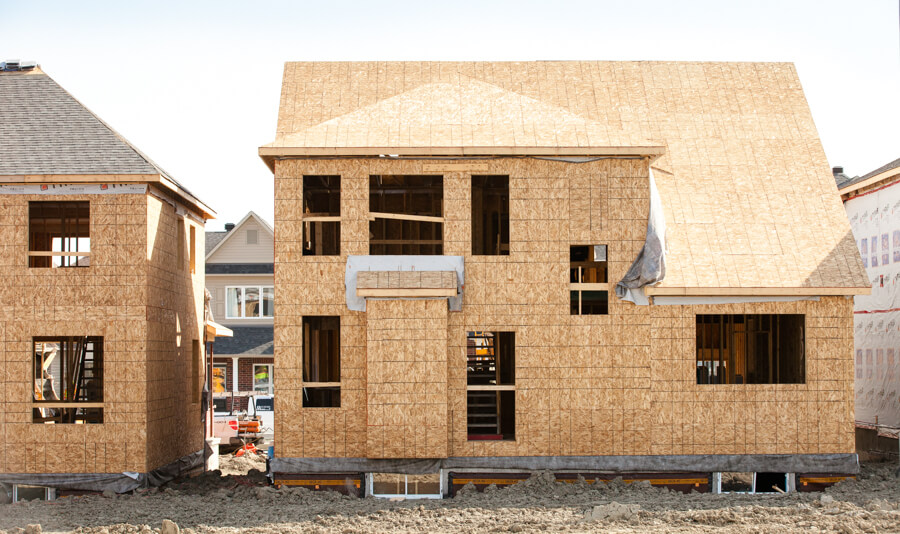
Floor Plans
Most home builders offer a range of new home styles, floor plans, sizes and prices. Bringing your “needs and wants list” to the sales office helps the salesperson to zero in on the home that would be most suitable for you. When you find a plan or model you like, imagine living in it. How will it work for your family's daily routine? Would it be suitable for any special activities you enjoy? Adaptable to future needs? Would you want to modify the layout? Often builders can reconfigure interior spaces.
Room size can be difficult to judge. Rooms that look adequate on paper may be too cramped once your furniture is in. Sometimes, windows, doors, a fireplace and traffic paths limit furniture placement, even in a large space. If you are buying from plans, use a model home for comparison to get a sense of space and flow, or use the sales office to get a gauge on dimensions. Know the measurements of your furniture so you can determine more easily if a room is the right size. Alternatively, use cut-outs, scaled to size, to test the placement of your furniture on a printed house plan. You may also want to draw the traffic pattern through the home to see if there are any awkward spaces. Increasingly, new home builders are turning to computer graphics to help purchasers to visualize what they are buying—for instance, 3D floor plans and computer-generated drawings using a manufacturer’s “real” products. A virtual show home can be available 24/7, and with cinematic renderings, the builder can create a fluid presentation of the home. Ask if these sales aids are available, or check on the builder’s website.
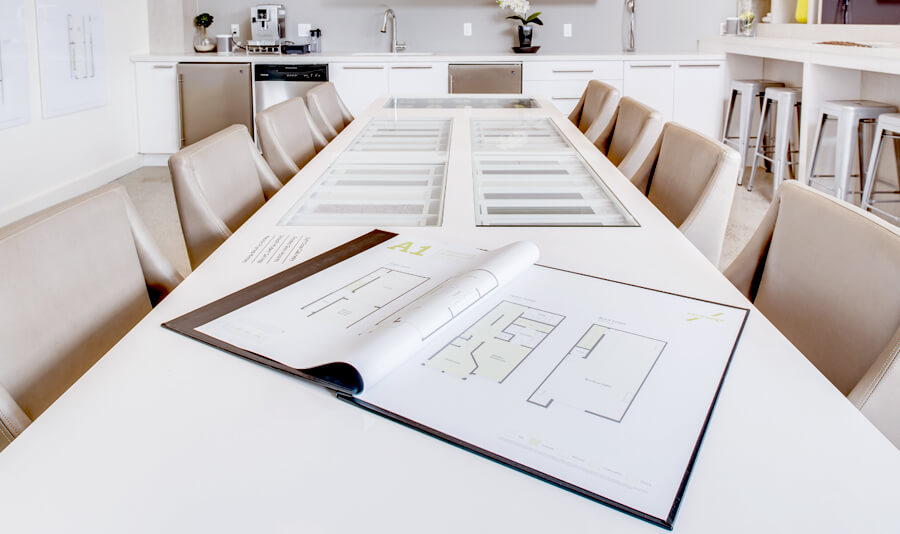
Features, Upgrades and Options
One of the unique aspects of buying a brand new home is that you get to decide on the features and finishing touches that you want. Here are some of the things you should be aware of, and consider:
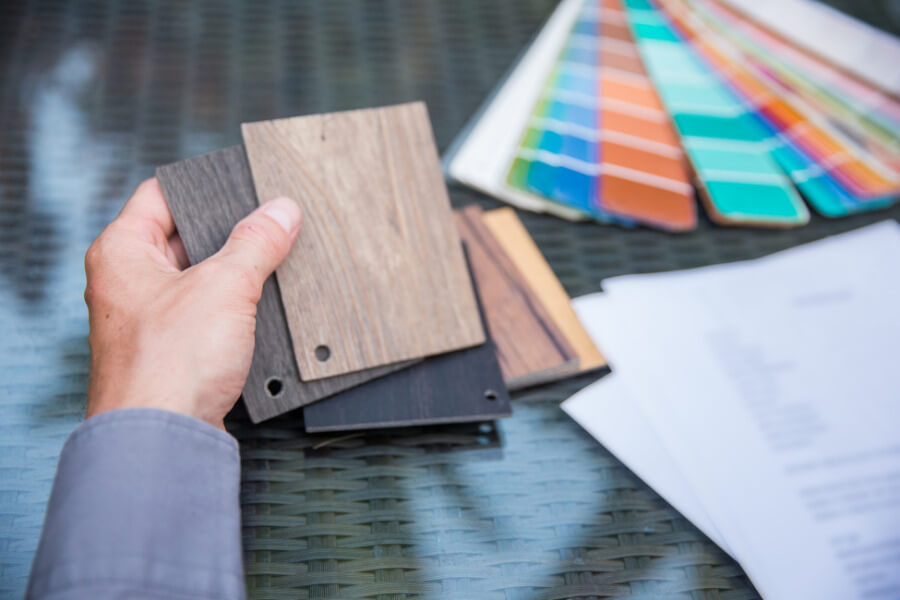

Standard Inclusions
A new home comes complete with a range of standard features and finishes that are included in the basic price of the home. These vary from one builder to another, and often from one home design to another. Uniformly, though, the quality of today's standard products is excellent, offering home buyers great value for the money.
For a number of standard items, home buyers are offered choices that won't affect the purchase price, such as the style of kitchen cabinets and the colour and design of floor coverings.
Remember that many model homes will include a number of upgrades, so as you tour the model, ask to have these pointed out. Be sure to ask the sales representative what the standard items are in every case.
Upgrades and Options
Most builders offer a full range of upgrades – products of a higher quality such as thicker carpeting, premium countertops, or full exterior brick cladding. Upgrades will add to the price of the house, but typically the builder will credit you with the cost of the item you are replacing, so the extra expense is limited to the difference between the items. Finally, many builders will also encourage you to consider other features and finishing touches, large and small, that can add value, enjoyment and convenience to your home.
These options are considered extras, and the cost will be added to the price of the home.
Making the Right Choices
So how do you choose the features and finishes that are right for your home, budget and lifestyle? Begin by finding out exactly what standard features are included in the basic price of the home, and how many standard choices the builder offers. Similarly, find out about upgrades and extras: What is available and at what additional cost?
- Review your home buying budget so you know how much you are comfortable spending.
- Choose the upgrades and extras that matter the most to you, and that fit within your budget. Items that involve construction, such as larger windows and doors, are the least expensive and disruptive to do when the house is first being built. On the other hand, standard carpeting can easily be replaced in the future.
- Large home building companies may have a separate design centre with product samples and trained specialists to assist you. Smaller companies may dedicate part of their sales office or model home to product selections.
- Some builders have set up working relationships with manufacturers and suppliers (e.g. flooring, lighting, cabinets). Appointments are made for you to visit the showrooms of these businesses and work directly with their representatives to make your product selections.
- Consider your family's needs and match your selections with your lifestyle. For instance, white kitchen cupboards may not be ideal in a house full of children, while lever door handles are great for anyone with mobility impairment. Also, consider if your choices are compatible with your belongings—for instance, does the colour of the hardwood flooring work with your dining room set?
- Plan for long-term appeal. Designers suggest that you keep the "big ticket items" neutral, and add colour through items you can change easily later without significant expense.
- Ask about the builder's most popular features; it can be helpful to find out what other home buyers have selected. And take your time. You are going to live with your choices for a long time, so you want to do it right.
